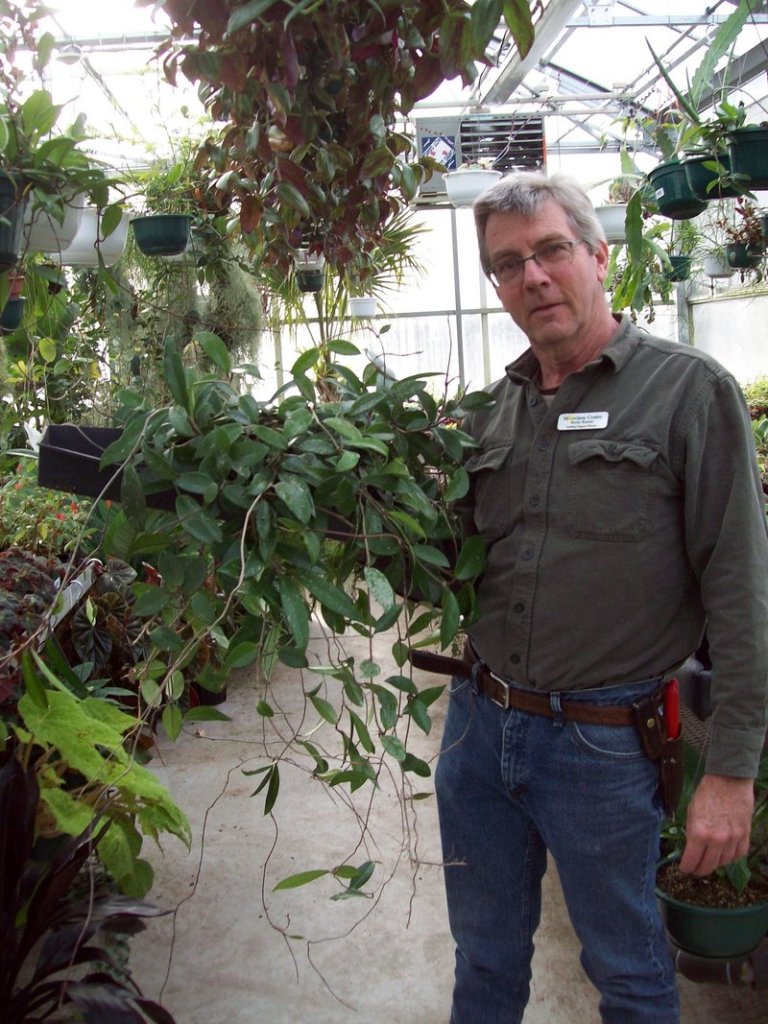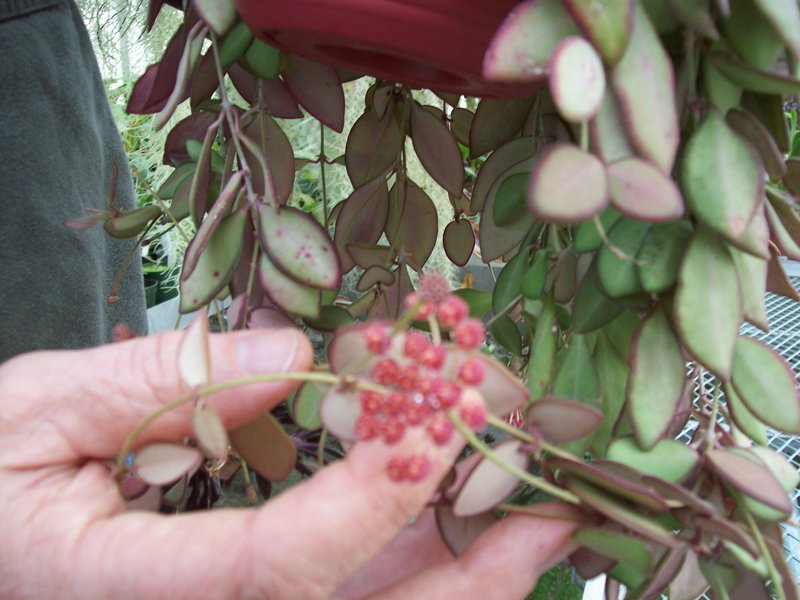To grow houseplants well, you have to re-create in your home the kind of environment where the plant grows in nature.
Kevin Kearns, director of the Seedling Program at the Morrison Developmental Center in Scarborough, said that all houseplants are either tropical or subtropical. Plants from temperate zones require a period of dormancy during winter, which they can’t get while inside.
The most important factor to consider when choosing a houseplant is light.
“Light is what feeds a plant,” Kearns said. “If they get no light, they will starve to death. There are low-light plants, medium-light plants and high-light plants.
“There are no no-light plants.”
The next key factor is temperature. Some plants will thrive with temperatures in the 50s and 60s, some want it in the 70s and 80s, and others like it in the 90s.
The third thing you have to consider is moisture. Some plants come from jungles, some come from deserts, and some have alternating wet and dry seasons. The moisture in your house will vary depending on your heat source – hot air and wood heat tend to keep the air drier – and whether you do anything to add moisture to the air.
“Once you determine what the conditions are at your home, you want to find a plant that wants to adapt to that environment,” Kearns said.
If you go to a nursery, garden center or flower shop that specializes in houseplants, the shop will have someone on staff who can direct you to a plant that will do well in your conditions.
When I asked Kearns about a specific species, he turned to the book “Tropica,” which he called the bible of houseplants. The price on Amazon is $185, so you would want to be really committed to your plant collection before you made that investment.
I asked Kearns about plants that do well in low light, partly because that is the condition in Nancy’s and my house, but also because that is true for most Maine houses.
“Low-light plants tend to be grown for their foliage,” Kearns said. “All plants except ferns have flowers, but some are just a little spike or like an artillery plant, which has flowers so small, you can’t really see them.”
African violets and some types of begonias are exceptions to this rule.
Peperomia is the first plant Kearns mentioned as being good in low-light conditions. This is a plant with stout stems and thick leaves, with a spike for a flower.
He also recommended plants in the Fittonia family, which usually have dark green leaves with white veins; some plants in the ficus or fig family; the aluminum plant, which has silvery variegation in its leaves; the Maranta or prayer plant; and Swedish ivy.
I asked about the cast-iron plant, or aspidistra, because just the name makes it sound like it would be impossible to kill.
“That was popular in the Victorian era, and it had to tolerate coal heat and drafty conditions,” Kearns said. “It could tolerate neglect, but Victorian homes had high ceilings with big windows, so they got quite a bit of light.”
These low-light plants would do best in the north or west windows of a house, with the east and south windows getting more light. But if you wanted to grow them in a south window, you could either move them back a bit from the window or place them under a larger, big-leafed plant to shield them from the sun.
After light, think about moisture. If you have plants that need moist conditions, you can mist them or place them on a tray of pebbles filled with water to increase the moisture.
But Kearns said the problem he sees most often is people overwatering plants that come from the desert, such as cactus and succulents, that should be watered sparingly.
In addition, every plant pot should have a drain hole so that the soil does not get saturated with water. If you want to use a decorative pot without a drain hole, place the plant in a smaller pot with a drain hole, and put that pot in the decorative pot.
One of the best things you can do to prevent houseplants from getting diseased or infested with insects also replicates their natural environment.
“When plants are outside, they get rained on,” Kearns said. “If you take your plants to the shower, it removes a lot of dust from the leaves, and also will remove a good percentage of aphids and whitefly.”
If that doesn’t work, you can clean them with rubbing alcohol.
Kearns is also a proponent of taking plants outdoors during the summer, starting in a shady area so they get acclimated to the brighter light and then, if it is a sun-loving plant, moving it to full sun. If you put them directly in the sun, the leaves will get sunburned.
“It is great vacation for the plants,” Kearns said, “just like spending the winter in Florida for us people from Maine.”
He said he puts his out about June 1 and brings them in about Sept. 15.
Kearns said there is a bit of myth and a bit of fact in the reports about people with houseplants being healthier.
“There have been studies that have shown that houseplants are psychologically beneficial,” he said. And houseplants do take carbon dioxide out of the air and put back oxygen, although large plants with big leaves do the best job.
Kearns and I discussed some of our favorite plants. He is an orchid specialist, and said orchids should be treated like any other houseplant.
Orchids vary in the requirements for light and temperature, and if you select the right orchid for the conditions in your home, it will thrive.
I mentioned clivia. Nancy got some from her grandmother (we also bought a more modern variety), and we can get them to bloom most years. Kearns said clivia is another Victorian plant that can stand quite a bit of neglect.
Kearns has a collection of Hoya plants, a fairly big family of plants that he said are related to milkweeds, and they thrive in his wood-heated home.
Many of them are epiphytes like orchids, which means they grow on trees and don’t require soil. He said they have a flush of blooms, usually in the spring, that have a heady fragrance he really enjoys.
The Morrison Developmental Center, 60 Chamberlain Road, Scarborough, sells a variety of houseplants grown by students with special needs in the Seedling Program. The public can purchase plants from 8:30 a.m. to 3:30 p.m. Monday through Friday year round.
For more information, go to morrison-maine.org.
Tom Atwell has been writing the Maine Gardener column since 2004. He is a freelance writer gardening in Cape Elizabeth, and can be contacted at 767-2297 or at:
tomatwell@me.com
Send questions/comments to the editors.




Success. Please wait for the page to reload. If the page does not reload within 5 seconds, please refresh the page.
Enter your email and password to access comments.
Hi, to comment on stories you must . This profile is in addition to your subscription and website login.
Already have a commenting profile? .
Invalid username/password.
Please check your email to confirm and complete your registration.
Only subscribers are eligible to post comments. Please subscribe or login first for digital access. Here’s why.
Use the form below to reset your password. When you've submitted your account email, we will send an email with a reset code.